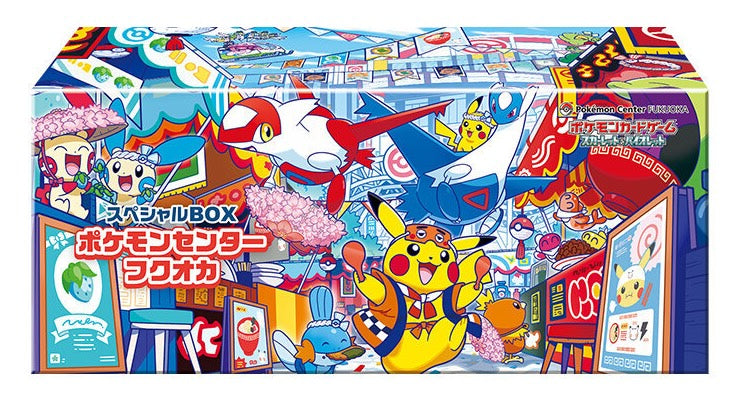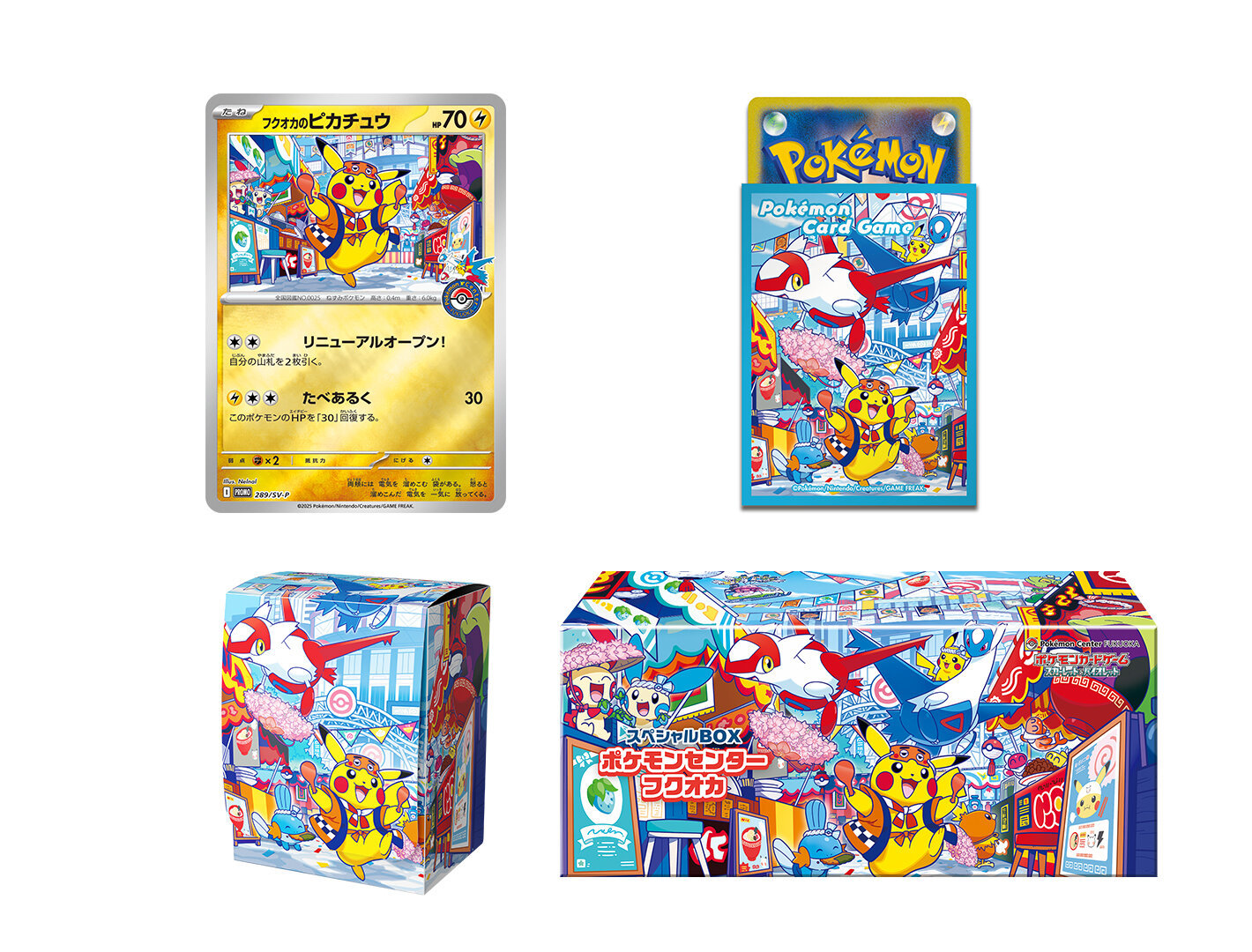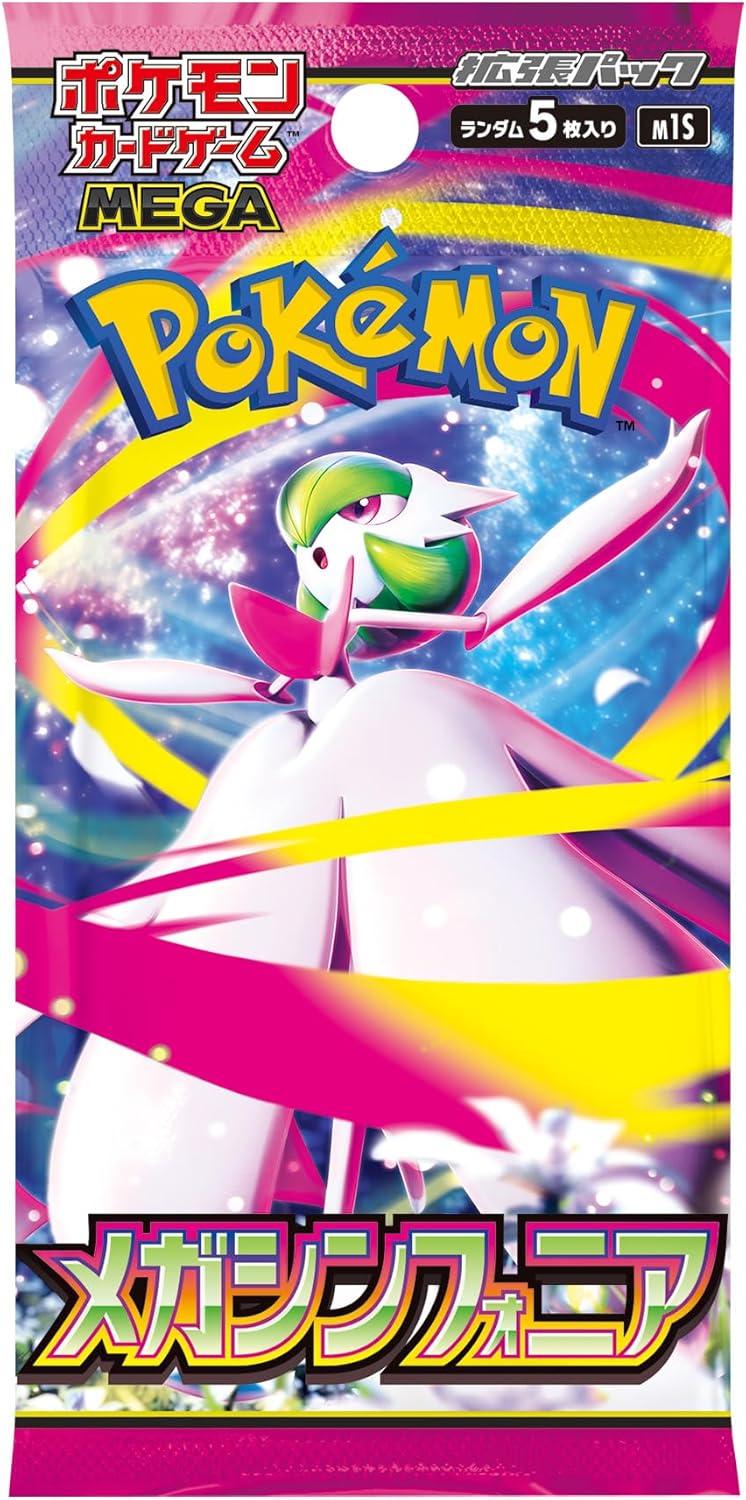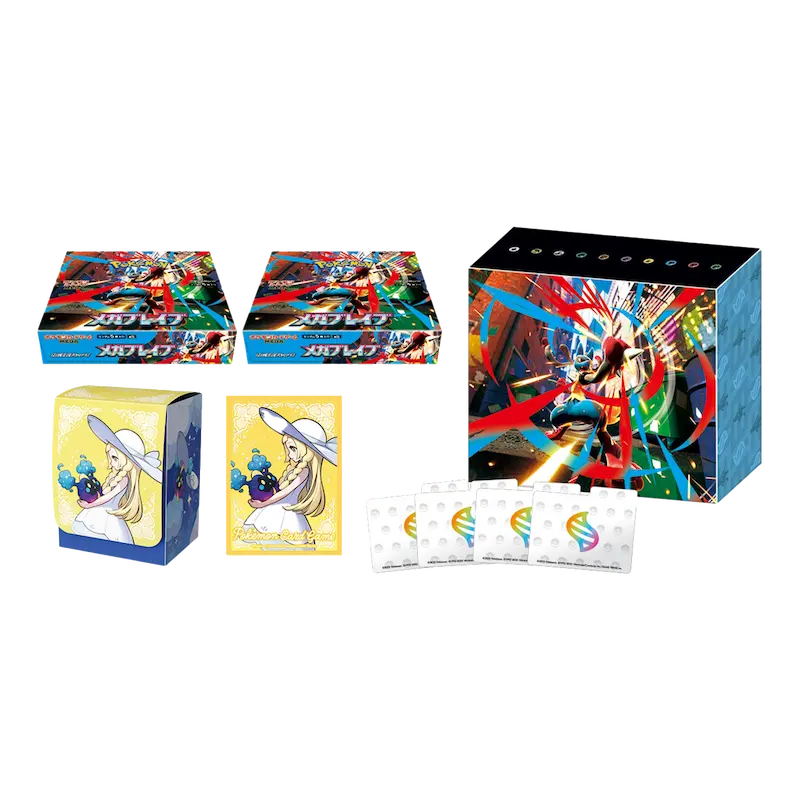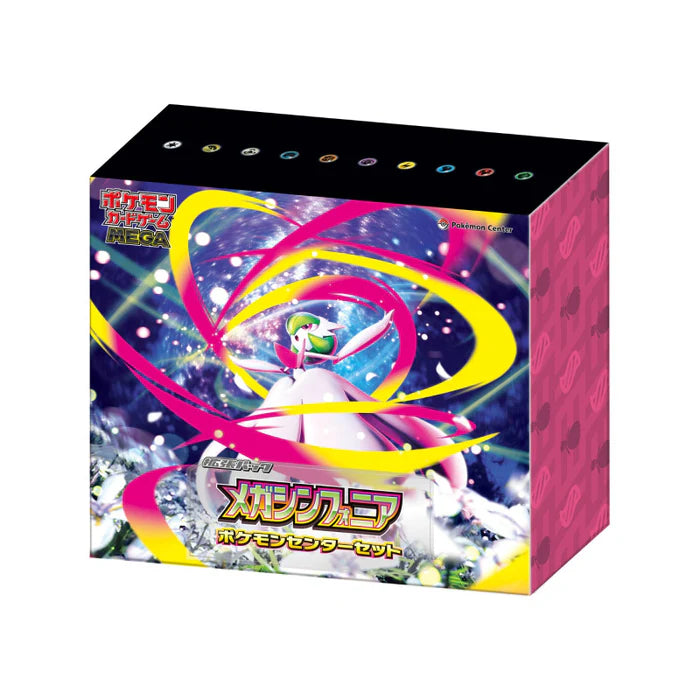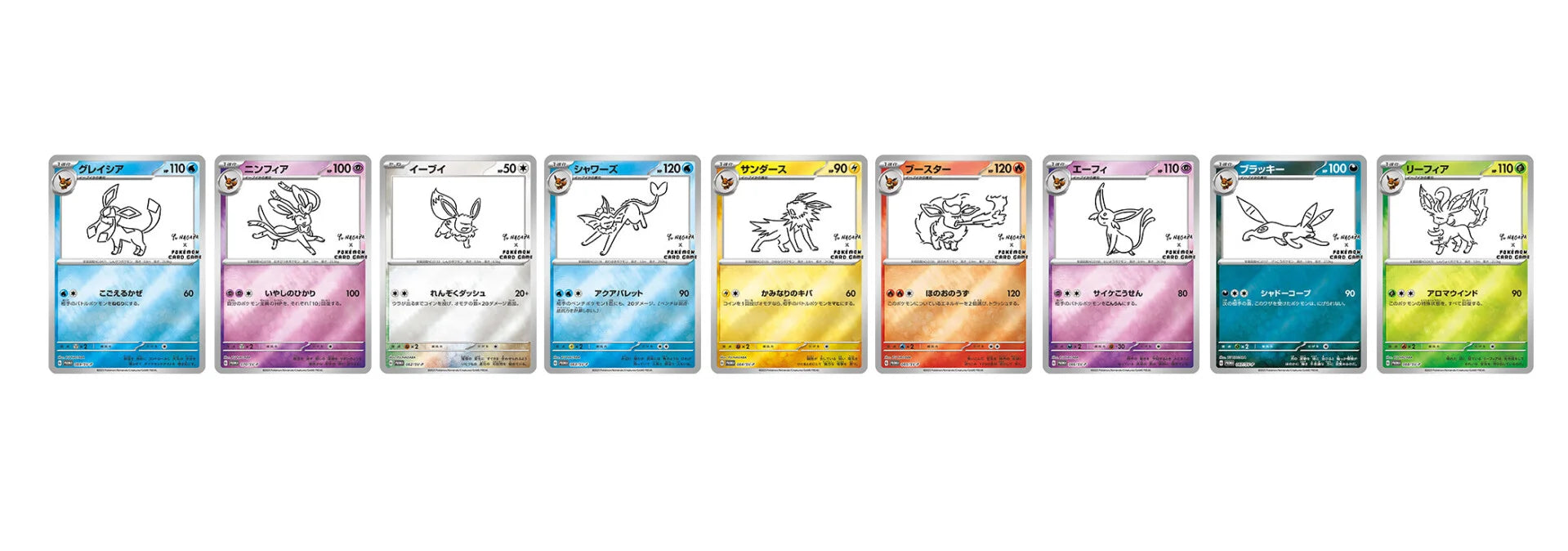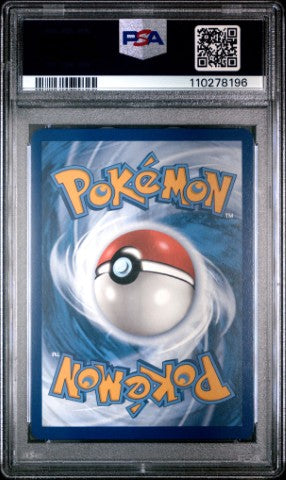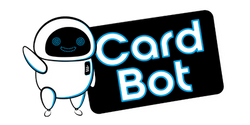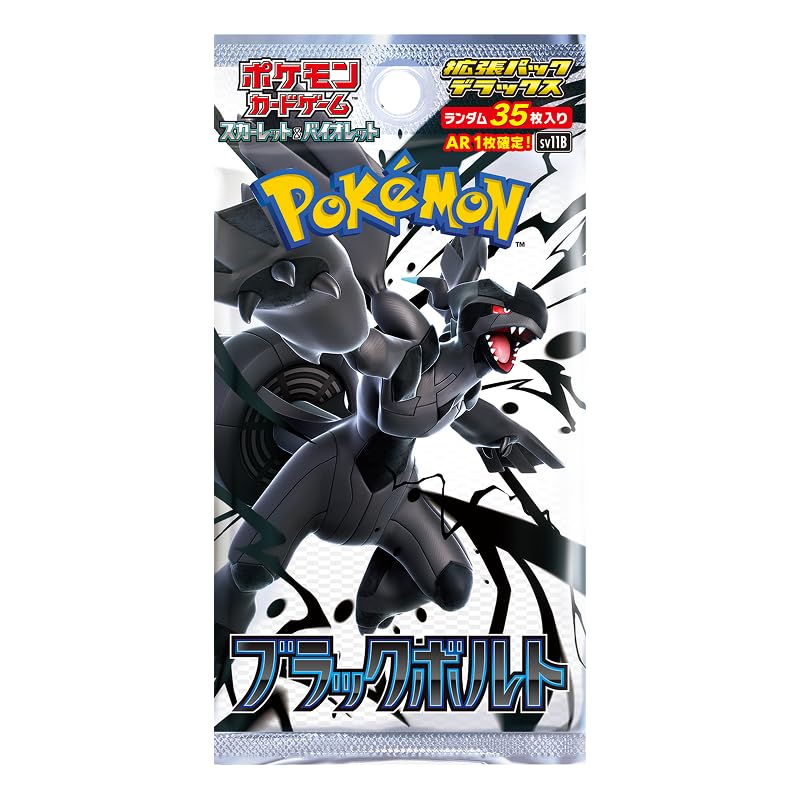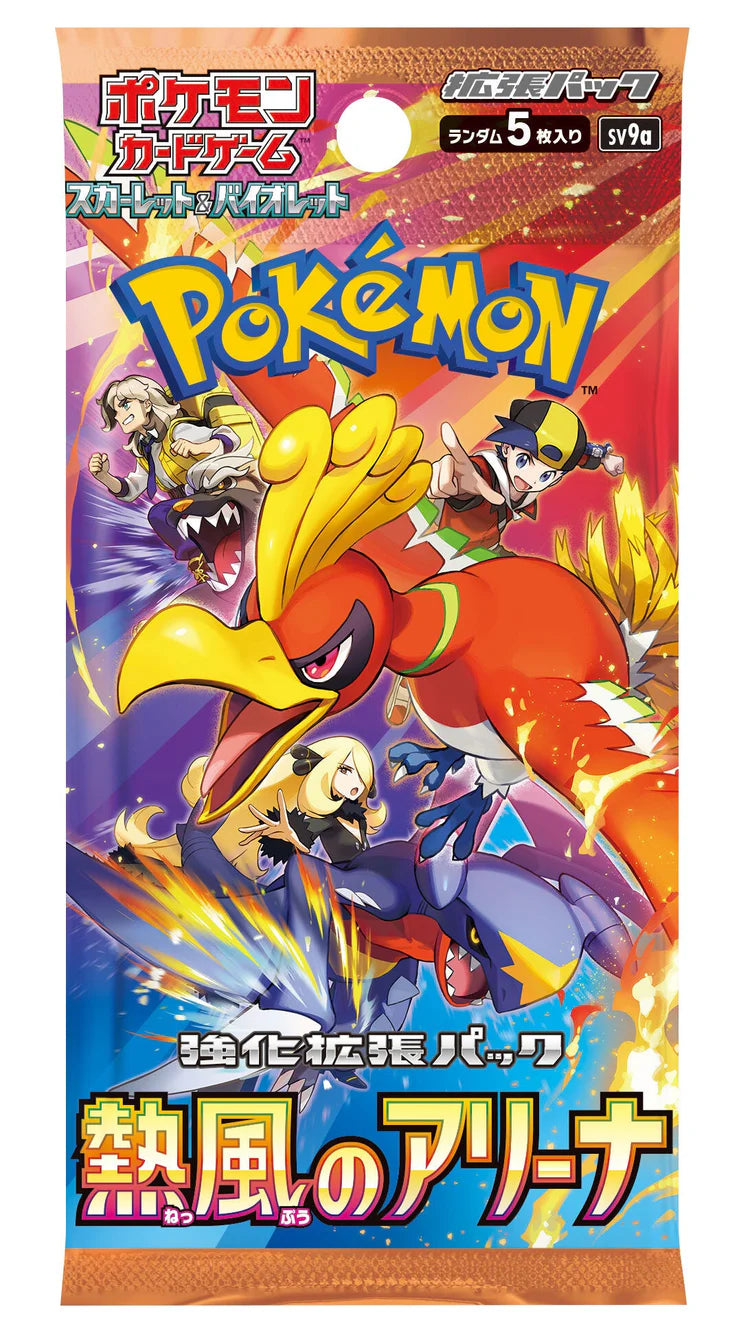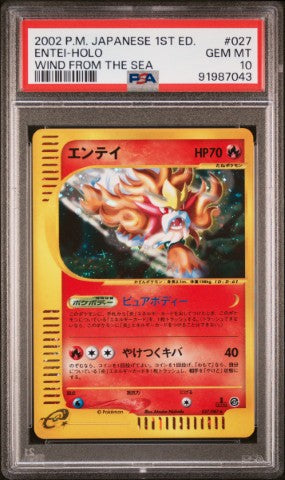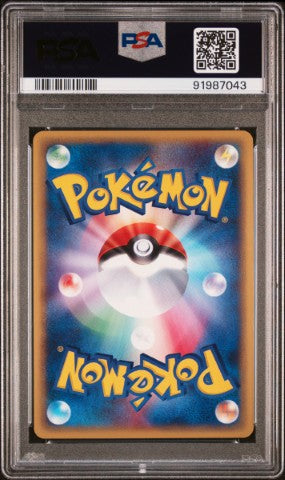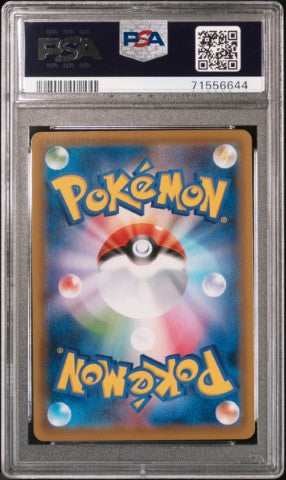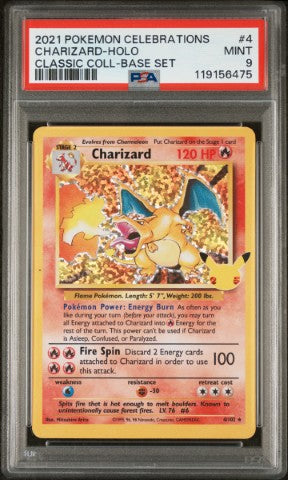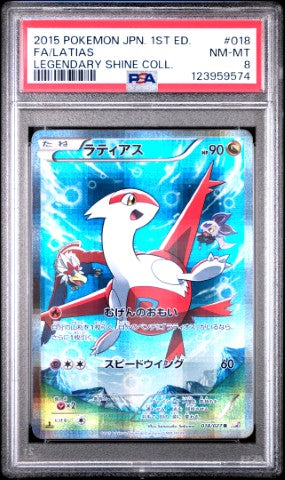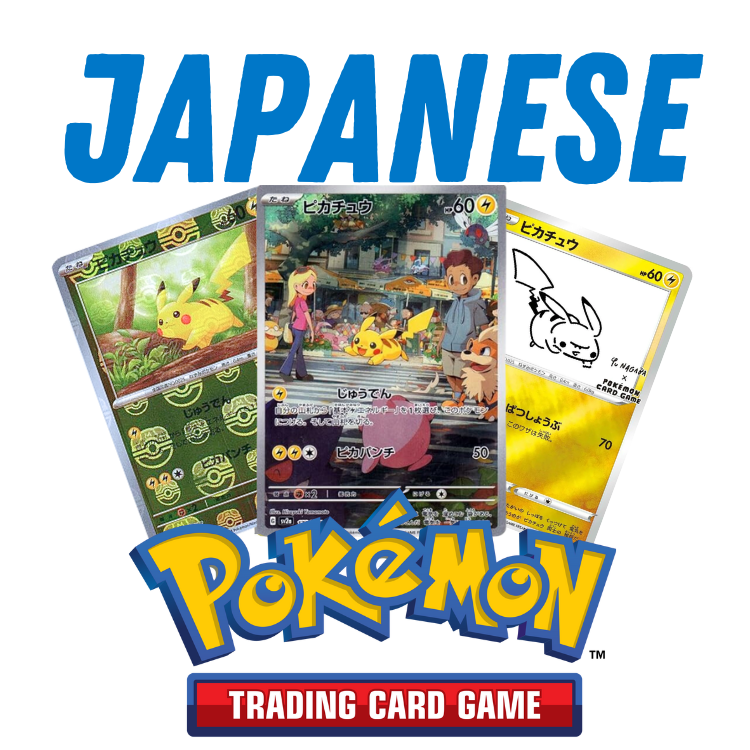Pokémon TCG Frequently Asked Questions
About the Pokémon Trading Card Game (TCG)
The Pokémon Trading Card Game (TCG) is a widely popular collectible card game based on the Pokémon video game series. Developed by Nintendo, Creatures, and GAME FREAK, it was first released in Japan in 1996 and later in the United States in 1999. The game involves players, known as Trainers, using Pokémon cards to battle each other, simulating the action of the video games and TV series. With a variety of card types, including Pokémon, Trainer cards, and Energy cards, players create decks for strategic gameplay. The Pokémon TCG has seen continual updates and expansions, keeping the game fresh and engaging for a broad audience of all ages. As of 2021, the Pokémon TCG remains a major player in the collectible card game arena, with a strong community and competitive tournaments held worldwide.
How do you play the Pokémon TCG?
Playing the Pokémon Trading Card Game involves two players, each with their own deck of 60 cards, featuring Pokémon, Trainer cards, and Energy cards. The main objective is to "knock out" the opponent's Pokémon by using your Pokémon to deal damage. Players take turns playing Pokémon to the field, attaching Energy cards to them to power their abilities, and using Trainer cards for various effects. The game is won by knocking out enough of the opponent's Pokémon to draw all of the game's prize cards, or if the opponent cannot draw a card at the beginning of their turn. For a comprehensive understanding and detailed rules, it's best to refer to the official Pokémon TCG website or rulebook.
What's the difference between English and Japanese Pokémon cards?
English and Japanese Pokémon cards differ primarily in language, but also in certain design elements and release schedules. Japanese cards, released in Japan, sometimes feature exclusive artwork and are typically available earlier than their English counterparts. English cards are more widely distributed globally. Collectors may value Japanese cards for their uniqueness and early availability and often better print quality, while English cards are more accessible and easier for English-speaking players to use.
How is the value of Pokémon cards determined?
The value of Pokémon cards is determined by factors like rarity, condition, demand, and edition. Rare cards, such as first editions and limited releases, often hold higher value. The card's condition, from mint to poor, significantly impacts its worth. Popular Pokémon or cards with unique artwork can also increase demand and value. Market trends and collector interest play a significant role in determining a card's current value.







